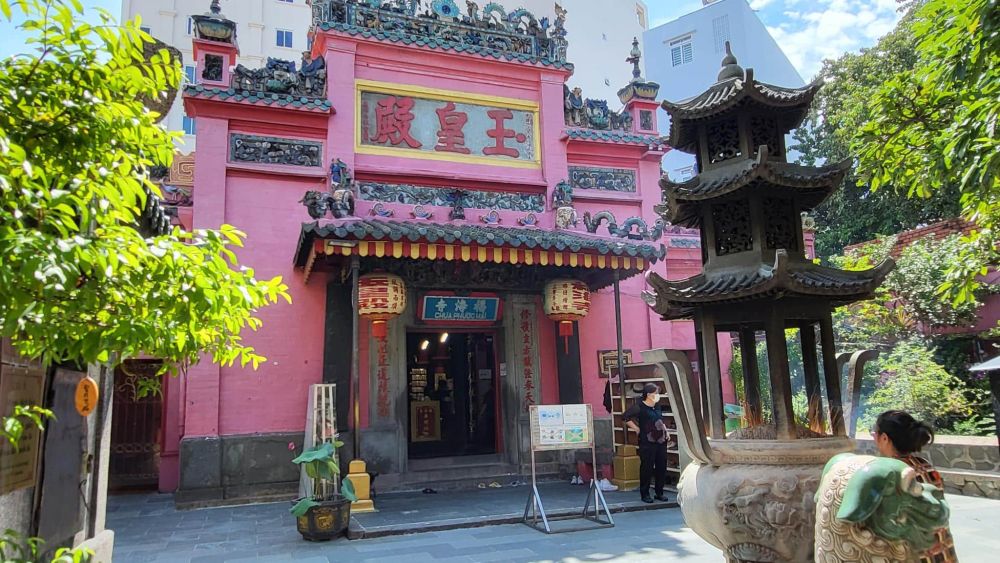

The Jade Emperor Pagoda, also known as Ngoc Hoang Pagoda, is one of the most renowned spiritual landmarks in Ho Chi Minh City. The pagoda was built in 1909 by the Cantonese community in the city and remains a vibrant hub of religious activity and cultural exchange.
Dedicated to various Chinese and Vietnamese deities, including the Jade Emperor, the supreme Taoist god, the pagoda is a fine representation of Mahayana Buddhism. Over the years, the Jade Emperor Pagoda has not only been a place of worship but also a symbol of the architectural fusion that characterizes Ho Chi Minh City.
Visitors are consistently awed by the intricate wood carvings and statues, vivid ceramic figurines, and the serene aura that permeates the atmosphere. Incense smoke fills the air, adding to the mystical ambiance and leaving a timeless impression on those who come to offer prayers or simply to soak in the tranquility.
Tourism at the Jade Emperor Pagoda has been buoyant ever since Vietnam opened its doors to international travelers. The pagoda quickly became a favorite stop for tourists exploring the spiritual side of the bustling urban environment of Saigon.
In recent years, there has been a growing trend towards
The use of social media and travel blogs has amplified interest in the pagoda, as stunning images and captivating stories about the site are shared online. Visitors are increasingly adding the Jade Emperor Pagoda to their itinerary as part of a larger commitment to exploring the cultural tapestry of Vietnam.
The Jade Emperor Pagoda is open daily and is often included in city tours. It is recommended to visit early in the day to avoid the crowds and fully appreciate the serenity of the sacred spaces. Respectful attire should be worn, and visitors should be prepared to remove their shoes in certain areas of the pagoda.